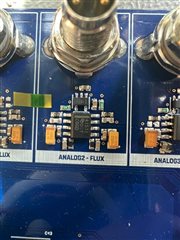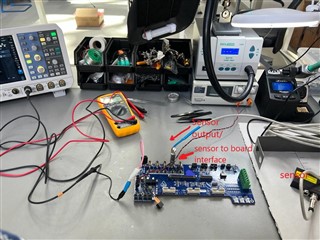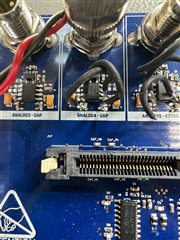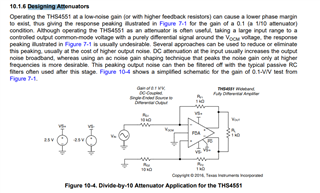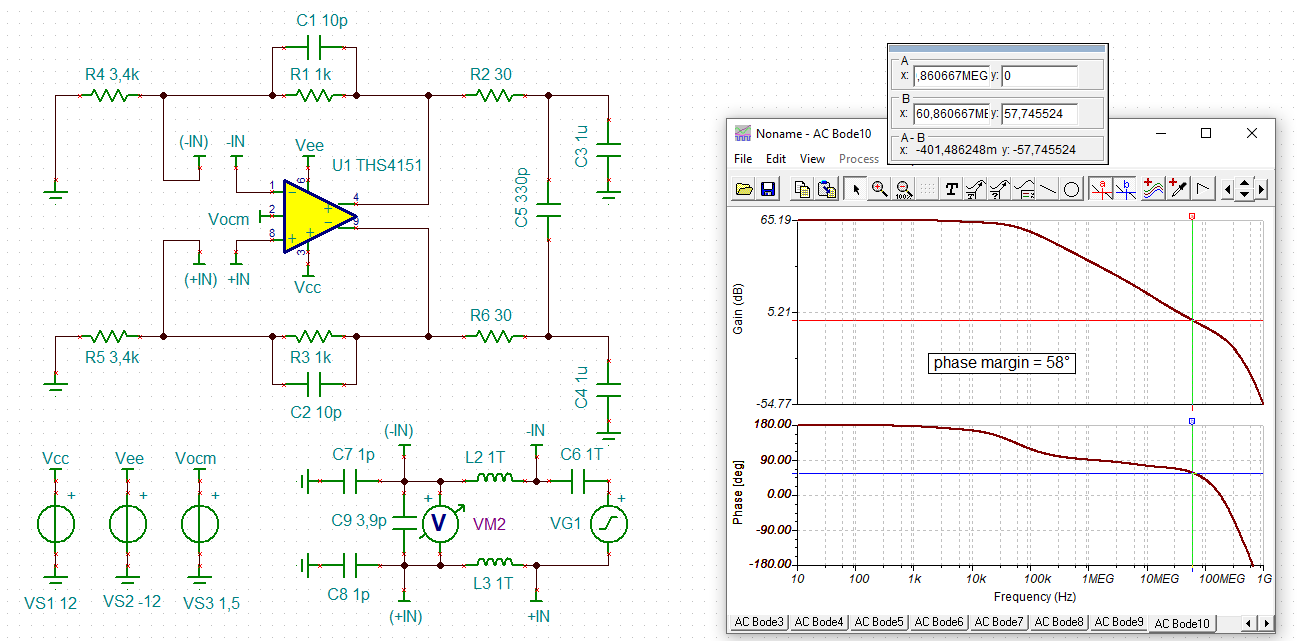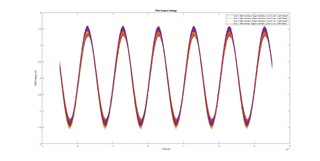Other Parts Discussed in Thread: OPA810, THS4551
Hello all,
I have simulated the shown attenuator circuit on TINA. The purpose of the circuit is to drive an ADC. The input signal would be a sensor signal ranging from -10V to 10V and the required output that would be input to the ADC would have to range from -3V to 3V.
In the TINA model everything is working as I expected, when the circuit however was produced on a PCB, the measurements I would get at the output of the FDA THS4151 were erroneous.
No matter what the input voltage/(input sensor signal) is, I always measure a differential voltage of 20V at the output of the THS4151. What makes things even more peculiar is the fact that even where there is no input voltage(/input sensor signal), I still measure 20V at the output of the FDA.
I would really appreciate any inputs and recoomendations that could help me solve the issue.
Looking forward to a reply.
Kind regards


